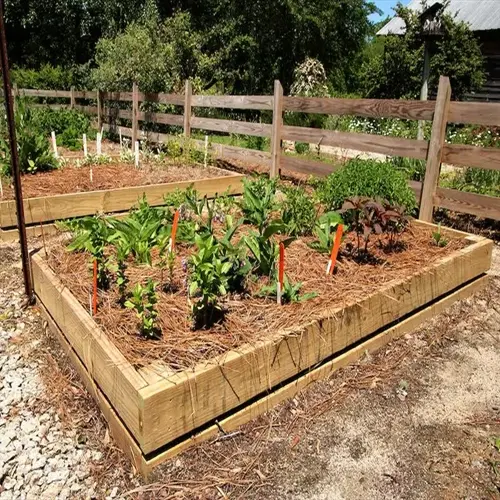How late can I seed in the fall?

Written by
Olivia Mitchell
Reviewed by
Prof. Charles Hartman, Ph.D.Understanding your local frost patterns and crop needs will help you determine the *latest fall seeding window*. Success hinges on the timing, as freezing temperatures can stop plant growth. You calculate planting dates by counting backwards from your anticipated first frost. This will help ensure there is sufficient time for maturity before the plants enter winter dormancy.
Frost Date Calculations
- First frost date: Anchor for all planting calculations
- Days to maturity: Add 14 extra days for slower fall growth
- Harvest buffer: Include 7-10 days for cool-weather harvesting
- Zone variations: Adjust for early/late frost regions
Microclimate Extensions
- South slopes: Gain 7-10 extra growing days
- Windbreaks: Protect plants from early frost damage
- Urban heat islands: Extend season by 2 weeks
- Raised beds: Soil stays warmer longer than ground level
Late-Season Techniques
- Row covers: Add 4-6°F (2-3°C) frost protection
- Cold frames: Extend growing by 4-8 weeks
- Mulching: Regulate soil temperature fluctuations
- Succession planting: Stagger crops every 10 days
Planting dates should be based on days to maturity plus harvest time. In this case, kale with a 50-day maturity and slower fall growth time was given 14 days, plus 7 harvest days, for a total of 21 days before expected frost. You can track historical frost dates through your local agricultural extension. Adjust your understanding annually to reflect your local climate.
Utilize microclimates to stretch deadlines. South-facing slopes receive more sun exposure, they provide thermal energy to the soil. Urban concrete retains heat, creating warm areas. Use these to your advantage for last plantings. Cold frames trap heat, allowing you to extend your growing season by 4-8 weekends beyond your frost dates.
Utilize protective measures for marginal timing. Floating row covers provide 4-6°F (2-3°C) frost protection. Mulching with straw after planting helps stabilize soil temperature. For root crops, leave the ground heavily mulched until harvest. These techniques save crops when the planting deadline is approaching.
Pay keen attention to soil temperatures when planting late. Cool-season crops require a minimum temperature of 45°F (7 °C) for germination. Use soil thermometers at a depth of 2 inches (5 cm). Black plastic mulch causes soil temperature to rise an additional 5-8ºF (3-4ºC). This important heat is vital for seeds sown later in the year.
Read the full article: When to Start Seeds Indoors: Ultimate Guide

